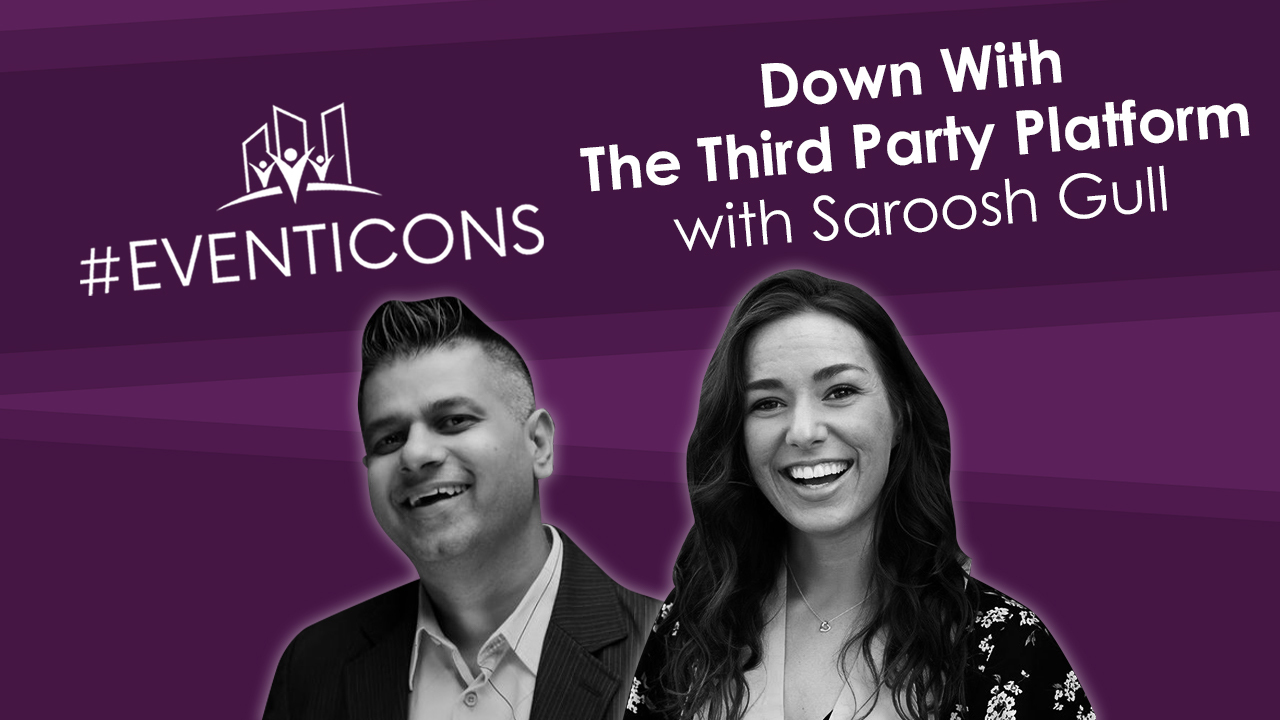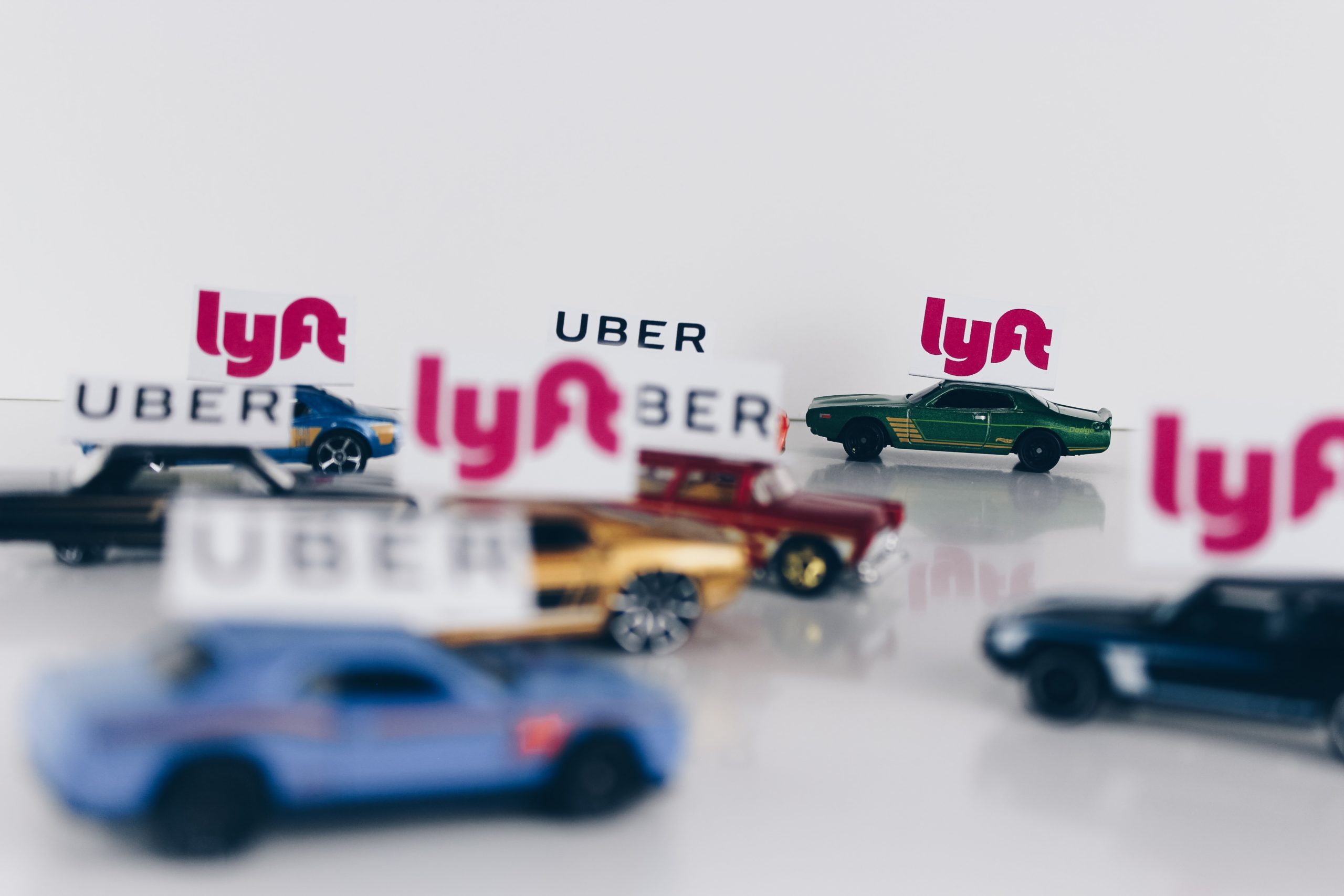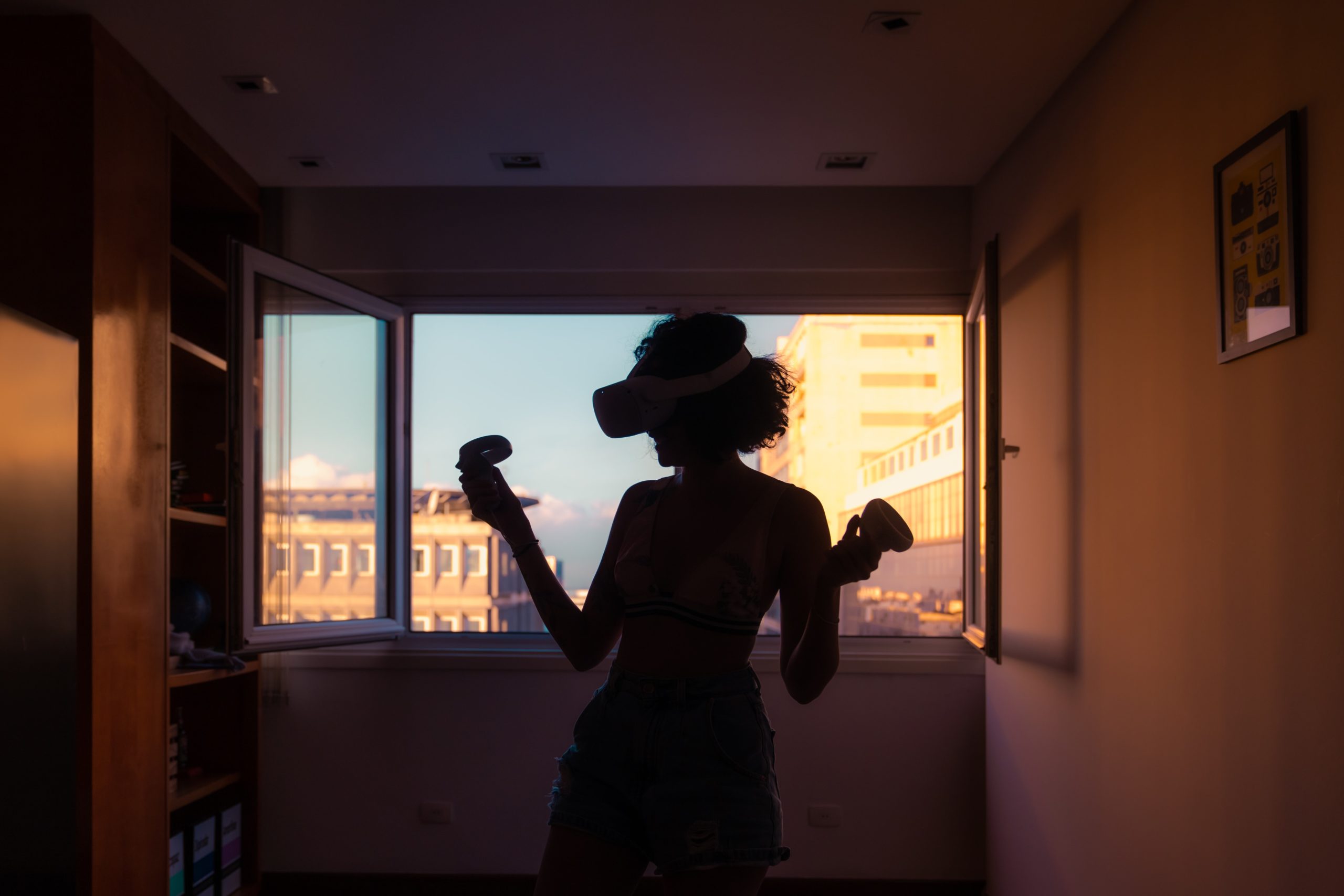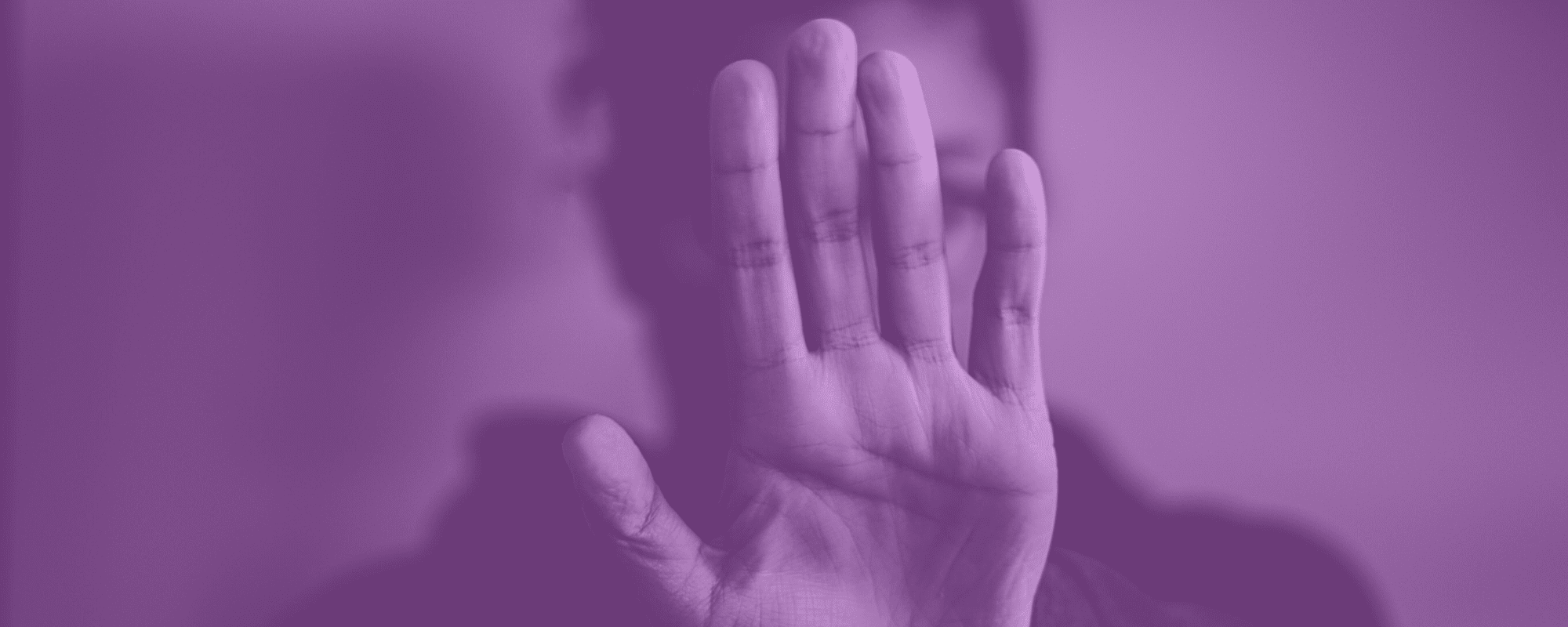Event platforms took the events industry by the storm. So much so that they can be considered as the new venues! There’s more of them each year and some of them are even attracting huge investments. We’ve had countless enthusiastic guests talk about them on #EventIcons before, but today’s guest is a little bit different. He says: down with third-party event platforms!

Saroosh Gull is the CEO of Eventcombo and he is on a mission to disrupt the entire $1 trillion event industry. He’s all about building meaningful relationships and event planners staying in full control of their events. Event platforms unquestionably satisfy event planners’ needs, but are they really the only way to go forward? Press play and find out!

Third-Party Event Platforms Rule The Industry
Before taking down third-party event platforms on #EventIcons, Saroosh tells us more about his background. “It all dates back to about five years ago where we discovered through a personal experience that the entire event transaction was fragmented. You buy your tickets on Eventbrite, for example, and then, you pay for your Uber or parking and the hotel separately. This is that pain point that we discovered: the entire transaction can actually be consolidated.” That’s how they came up with the idea for Eventcombo. “We partnered with Uber, Lyft, and got access to every single parking lot in the United States.
Down With Third-Party Event Platforms: Own Your Experience!
“Event organizations spend a considerable amount of money investing in those events, from production to lighting and speakers. Why are they doing that? For their brand, of course,” Saroosh says. “After investing all of that time, energy, and capital, they’re simply diluting all of that activity by redirecting their attendees and their event transactions to these third-party event platforms that, by the way, are great platforms.”
But there’s a catch! “When you do that, you’re giving up a lot of the equity that you’ve spent your time building. To us, that doesn’t really make sense. Stop sending away your customer data and attendee experiences to a third-party event platform. You can actually have that on your very own website or app.”
“We came up with this solution to provide completely branded private label websites and applications. So if you’re doing an event or if you’re doing dozens of events throughout the year, you no longer have to redirect your business to a third-party event platform, you can actually keep that entire experience,” he explains.
 Don’t Give Up Your Equity To Third-Party Event Platforms
Don’t Give Up Your Equity To Third-Party Event Platforms
Sarah loves what Saroosh has to offer, but she’s curious to find out more about how her guest would help event planners open their mindset to this innovative idea. After all, many have never thought of getting rid of third-party event platforms.
“All the third-party event platforms that I mentioned provide a significant value in our industry. Everyone brought the communities together. And obviously, we all migrated into being virtual platforms. But my point is that you can provide education and support to the event industry and event planners, and concurrently, you can also empower them to embolden and strengthen their own brands.”
Rather than third-party event platforms giving event planners something to use, Saroosh is thinking of it as a mutually beneficial relationship. “The brands I mentioned are single-sided transaction platforms. You’re redirecting all your business there and in return, all you’re getting is a technology, but you’re giving up brand equity. You’re giving up experience equity and many other equitable positions.”
And let’s not forget about data equity! “The forfeiting of data is not really discussed. Some vendor organizers who are really savvy with their business discuss it, but on a whole, the events industry doesn’t recognize the value that event attendee data holds. When you give it up to a third-party event platform, you’re really giving up so much value that just compounds like interest over time. Let’s challenge ourselves to expect more from our platforms.”
The Case Of Zoom
Zoom is another third-party example that comes up. “Folks don’t think of it because Zoom is satisfying an immediate need. All third-party event platforms satisfy a need, but we’re simply challenging the industry to get more out of that relationship. You’re directing everyone to an independent entity when you can just direct them to your website.”
How Eventcombo Works
Sarah wants to know more about how Saroosh’s Eventcombo works. “We integrate with platforms like HubSpot, Constant Contact, MailChimp, Zapier, but we also have those capabilities in-house as well. We have our own CRM and email delivery service. When you’re using our platform, you don’t necessarily have to use multiple tools. You can just use one tool and get all your event needs satisfied. But having said that, we do see the value of a HubSpot or Salesforce because they’re standalone great CRMs. So we allow you to integrate with them, no issues, no extra cost for that.”
Next, he breaks the benefits down for us. Step one is removing dependency on other platforms. “You use a private label solution, and you retain everything on your own brand, on your own website.” What is the second step? “Now that you’re keeping the whole experience on your own site, you’re removing that dependency and familiarity for your attendees to go to that third-party event platform for other events, your competitors, and other experiences that may be foreign to your ultimate objectives as a business,” Saroosh says.
“Take your data and start repurposing it for your own events. With your attendees’ permission, you can reallocate it to market your next events. Do surveys and build your brand yourself directly through your own platform versus building it out through a third-party event platform,” he adds. “The final step in this track is really simple. After a few events, you’ll see the difference in the engagement that your attendees are giving you. Now, you’ve taken ownership of the brand experience, and that equity that you’ve endeavored to create will now be realized. You’ve now eliminated that intermediary and you’re interacting with your attendees. And that is just a magical thing.”
 The Return To In-Person Events
The Return To In-Person Events
What many event profs have on their minds these days is the slow return to in-person events, so Sarah asks Saroosh what he makes of this exciting industry trend.
“It’s an evolving situation, not only nationally, it’s actually evolving in every single city. Every jurisdiction has its own mandates for opening up businesses, restaurants, and in-person events. In-person is coming back, we’re already sourcing a large number of in-person experiences. So it’s really exciting. But we have to look at what happened with the rebirth of the virtual and the industry resetting that took place. It introduced so many opportunities that we were previously not exploring as an industry, as organizations,” he says.
“Previously, we were doing in-person events and we were focused on selling tickets, increasing registrations, and executing the event. What virtual showed us was the opportunity to increase engagement without geographic boundaries, technical boundaries, and overall connectivity limitations. Because of those limitations being removed, you can actually engage with your audience much more than you could in person. You can now have a world where you can have in-person, but you can also have that digital connection that we experienced with virtual.”
What About Hybrid Events?
Sarah notices that Saroosh is actively avoiding talking about hybrid events, so she asks him what he thinks of them. “In my dreamland, hybrid means that you’ve got your attendees directly engaging with your physical and virtual presence. A lot of AV is required for that. But beyond that, your event programming really has to sync up.”
What does he mean by that? “In this physical landscape, you have to really focus on adding significant value for your in-person attendees and adding significant value for your virtual attendees. That is not an easy task, right? But we have so many solutions for how you can simply introduce physical and virtual event programming and consolidate the two.”
Virtual & Augmented Reality Is The Future
“The final point on how you enhance that physical experience is by thinking about virtual reality and some aspects of augmented reality,” Saroosh says. “Now when people go back to in-person, everyone’s a little bit spoiled. When I go back, I don’t want to just see 60 people in front of me, I want to see thousands of people! The easy way of doing that is by introducing virtual reality.”
“We’re seeing the return of in-person, but I can tell you that over the next year or two, we’re going to have to start injecting virtual reality into our physical events. If you don’t do that, you’re really missing so many opportunities to increase engagement for attendees, your sponsors, and your partners,” he explains.
“I strongly suggest that as an industry, we really look at that. Let’s not become comfortable again, let’s stay uncomfortable and force ourselves to push the in-person part of our industry forward. In doing that, let’s take the supply chain with us. Let’s make sure that the catering industry is not losing business.”
 Virtual Or In-Person? Both!
Virtual Or In-Person? Both!
Just like other event industry experts, Saroosh knows that virtual is here to stay. “It’s not going anywhere and it shouldn’t go anywhere because it’s absolutely awesome. Here’s a combination of my predictions and hopes for the industry. I think that you’re going to have the reliance on virtual now because everyone loves virtual. There are so many benefits from it, but if you’re just doing virtual, you’re leaving a lot of opportunity for engagement on the table for your attendees, for your sponsors, for your partners, and for yourself.”
While our previous guest, Jason Koop, thinks that the events industry will split into two very distinct segments, the in-person and digital one, Saroosh thinks that an organization of the future has to know how to do both. “I don’t think you can be an organization in the future that does 100% of either virtual or in-person. You have to adapt to a little bit of both.”
Final Thoughts: Stay Uncomfortable
Saroosh’s advice of the day is to stay uncomfortable. “If you’re always comfortable, you don’t really experiment. And when you don’t experiment, you don’t force growth. As an industry, as event planners, we all have to experiment with new tools, partners, and different types of programming.”
“When you’re always going with what’s working and comfortable, that’s good. You should do that, but leave enough buffer in your business practice to welcome new relationships and new experiences. Those who behave and run their activities with that type of mindset tend to have much larger and much more successful events.”
“We have some partners who just embraced virtual and immediately jumped on it. Today, they are so successful as a result of that. Similarly speaking on the other side, we had partners who just didn’t do anything because it was uncomfortable and they’re now behind the curve and suffering as a result of it. Let’s not allow that to happen again. The only way you can be ahead of the curve is when you say yes and when you embrace new ideas and concepts,” he concludes.
By listening to #EventIcons, you can rest assured that you’re always ahead of the curve. After all, we love nothing more than talking about innovative ideas that will be a part of revolutionizing the ever-evolving events industry!









